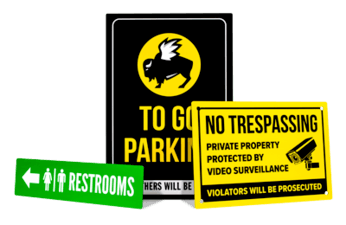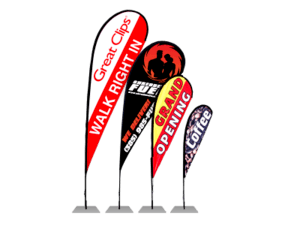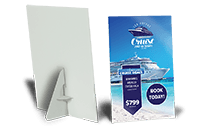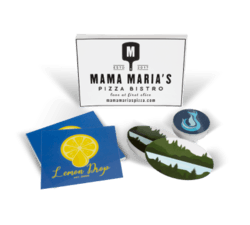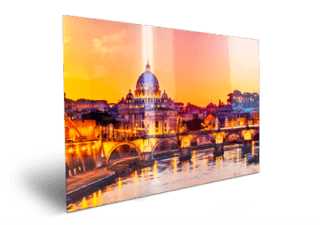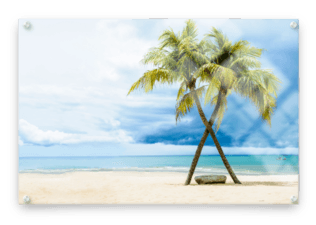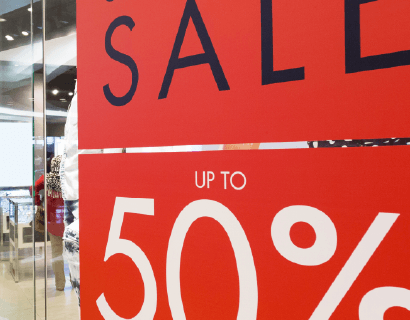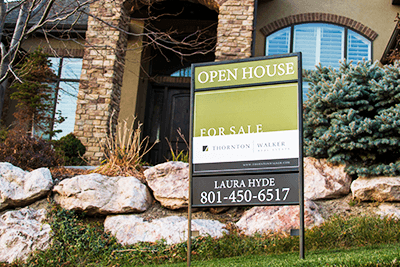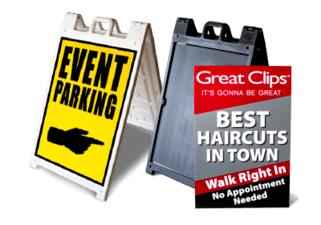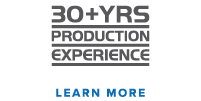
In order for a business to be successful and earn revenue, it must know its customers. Two things that go hand-in-hand in helping a store do that are implementing the correct store layout and understanding customer flow.
Store layout is the design of a store’s floor space and the placement of items within that store. Store layout helps influence a customer’s behavior, which means when done right, it’s a key strategy to a store’s prosperity. Store owners choose where the best spots are to place their merchandise, and this helps them design their customer flow, as well as the ambiance (ambiance also plays a huge role in restaurants as well!) within their store.
Customer flow is the number and pattern of customers coming into or passing through a store. There are a few ways a store can monitor its customer flow, including time lapse, closed-circuit television, observation, an analysis of purchase data and or even somewhat controversially through your smartphone. Understanding customer flow gives a store owner information on flow patterns, the number of visitors, areas that are highly visited or not visited, as well as other types of customer behavior.
When a store understands its customer flow, it’s also able to understand if the placement of its merchandise, or its store layout, is working correctly. Store owners take the information they get from understanding these two and analyze which areas are performing well and which need to be improved. If they find that they’re turning a profit, then they have properly set up their store layout and their customer flow is moving how they want. But if their findings are the opposite, that maybe they aren’t making much of a profit or multiple areas of their store aren’t being trafficked, then it’s time to redesign their store layout and make sure their customer flow is working to their advantage.
There are generally four types of layouts stores to choose from: grid, loop, spine and free-flowing. There are some good visual diagrams of these store layouts here. The grid layout places counters and shelves in long rows throughout a store, which makes shoppers go up and down the various aisles created. This layout, as explained below, is almost always how grocery stores are set up. The loop, or race track as it’s also known, has one major aisle that starts at a store’s entrance and loops all the way around the store (think Ikea), taking the customer back to the entrance. The spine layout has one major aisle that runs from the front of the store to the back with different departments of merchandise branching off to the sides. The free-flowing layout, great for smaller businesses and sparking impulse buying, is where merchandise, fixtures and other items a store wants on display are grouped together in a free-flowing pattern throughout the store. The emphasis is on open space and letting the customer wander through the seemingly random placement of products when in reality every detail is still carefully planned.
Big grocery stores are ones that understand their customer flow and know how to properly implement the type of store layout that’s beneficial to them. As alluded to previously, they almost without fail use the grid layout. With this layout, store owners force their customers to go up and down the aisles created by the parallel placement of their shelves, and it also lets them place necessities toward the back of the store.
Think about it. Where do you typically find items like milk and eggs? In the back of the store. This means shoppers coming in for those items, usually most shoppers, have to go up and down one or more aisles to get what’s on their list, and that means there’s a higher chance of seeing something they want or forgot they needed. When that happens, it’s highly likely they’ll purchase those items along with whatever else they first came into the store for. Let’s be honest, we’ve all done it, so it’s a very smart move by grocery stores.
But big grocery and retail stores aren’t the only ones that need to do this. Small retail stores also need to understand their customer flow and make sure their store layout is designed to earn a profit. When you know the type and amount of customers you have and their browsing patterns, then you know how and where your merchandise needs to be placed throughout your store to keep the customers and cash flowing into your business.
If your small retail store hasn’t been experiencing the success you’d like, here are a few tips to help with your store layout.
-
Don’t place too many items in the front of your store. The area a few feet from the entrance is known as the decompression zone, and most customers don’t notice or pay much attention to items in that area.
-
Place impulse or lower-cost items near checkouts and high-traffic areas.
-
Put up vinyl banners or other signage in the right areas. Help direct shoppers to sale or clearance items or other areas of interest you want trafficked.
-
Choose the layout that best suits your store. Make sure that layout keeps merchandise clearly visible for shoppers to see and pick up and gives them the personal space they like when shopping. You want your aisles wide enough that customers feel comfortable but narrow enough to ensure they slow down and browse as they walk through.
So if you’ve ever wondered if these principles matter to your small retail business, they do! While smaller retail stores may not have the amount of customer and traffic data that big grocery stores and retail chains have, the same principles of good store layout can be applied in order to improve long term profitability. When your retail store implements the right kind of store layout, it shows you understand your customers and have created a customer flow that makes your store successful.



